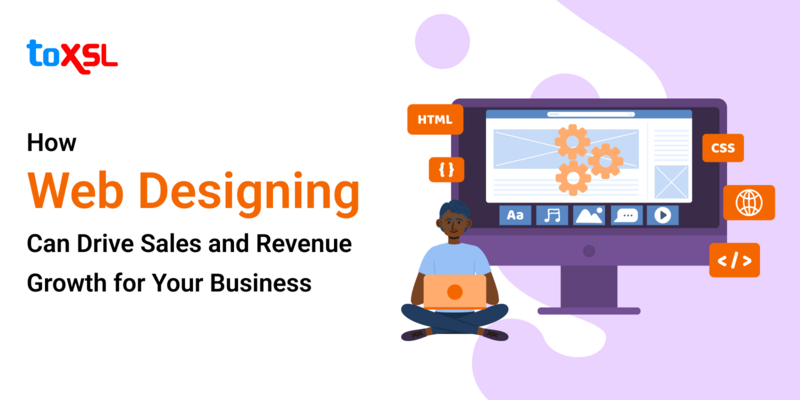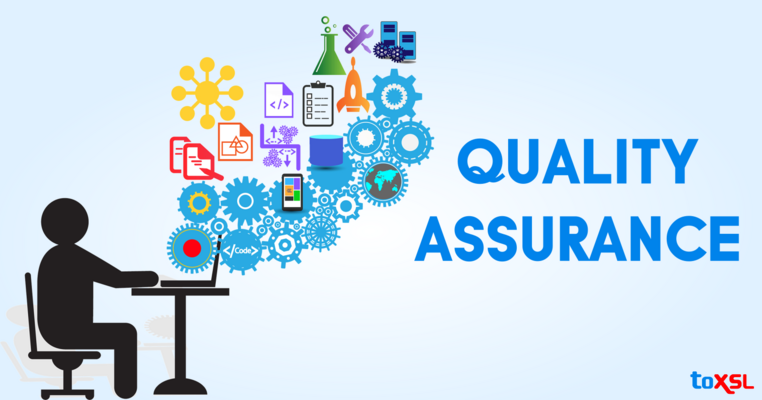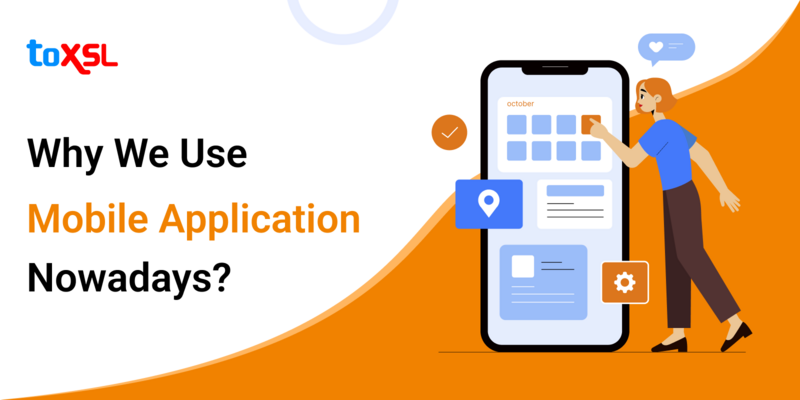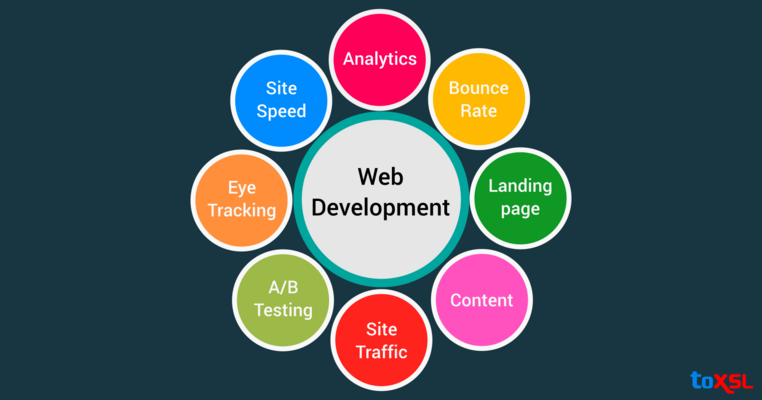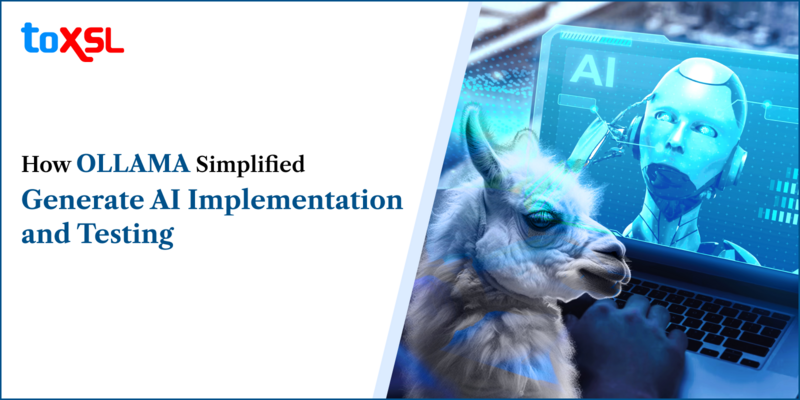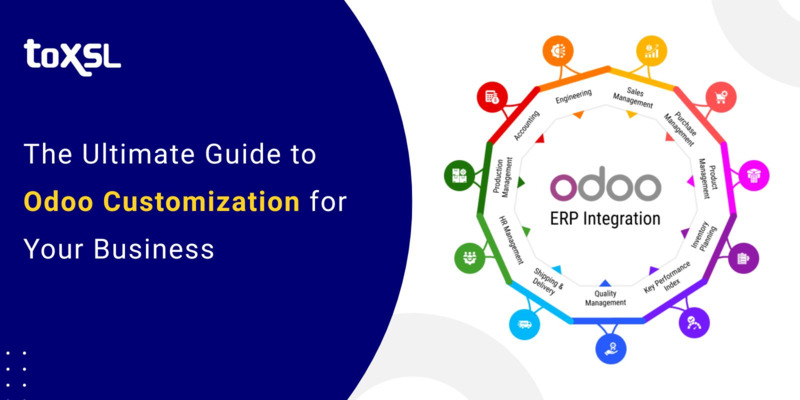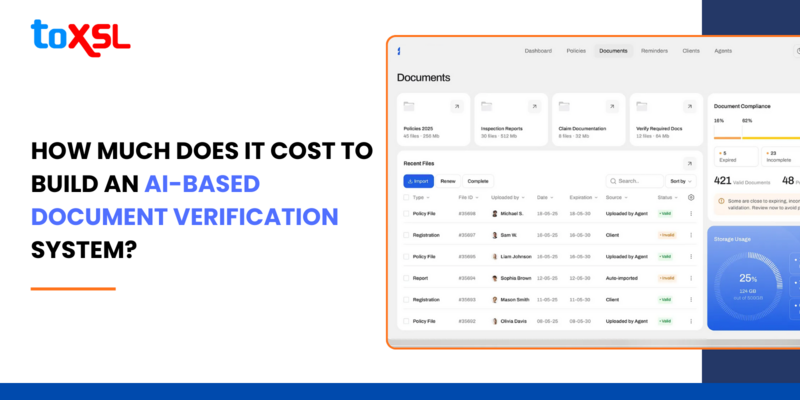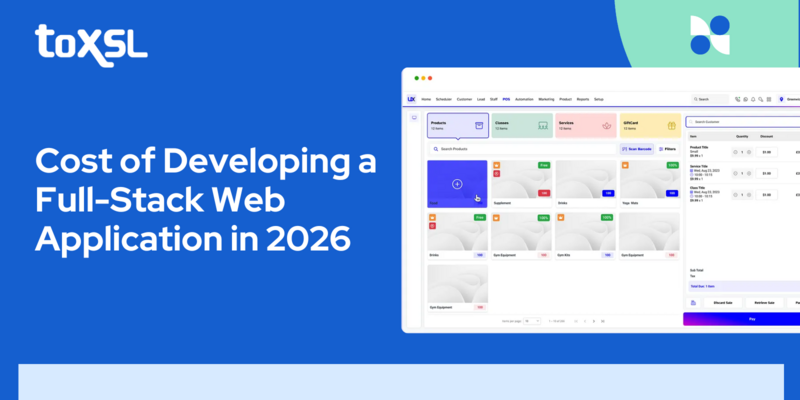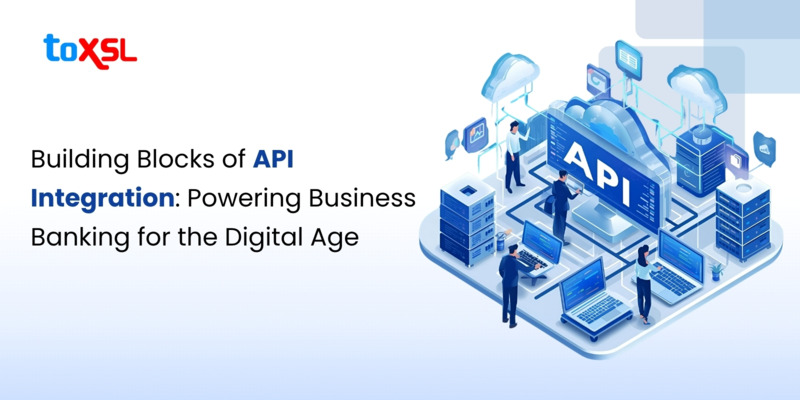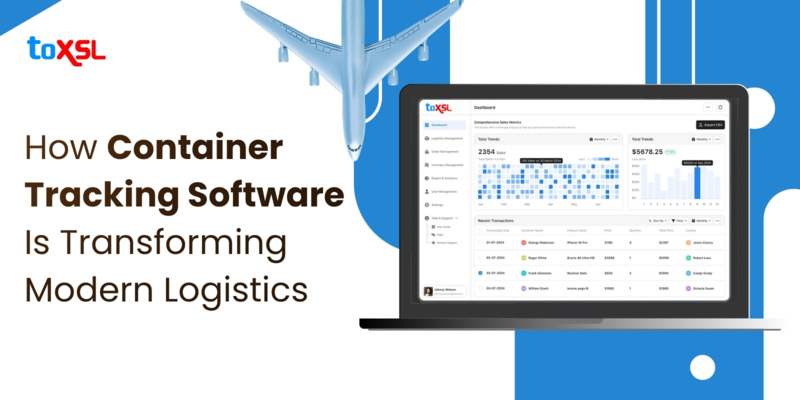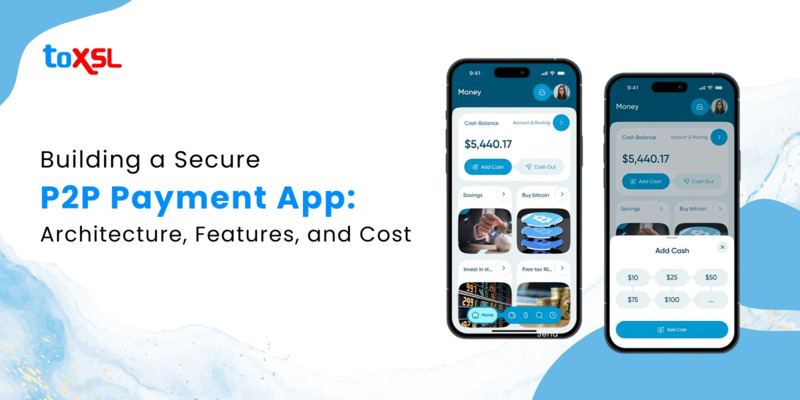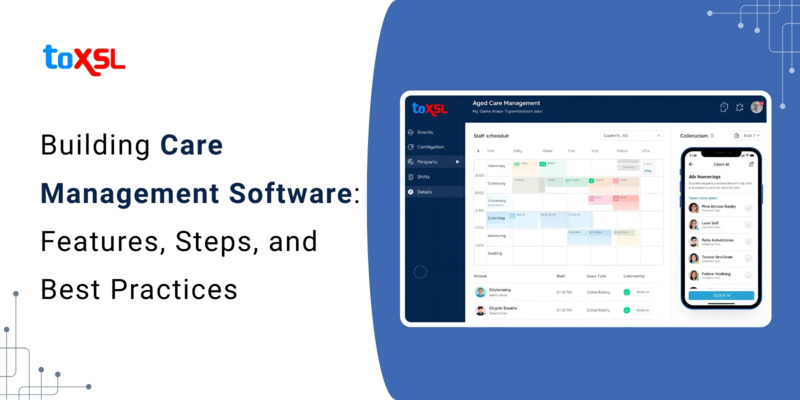- Apr 08, 2025
Share this post on:
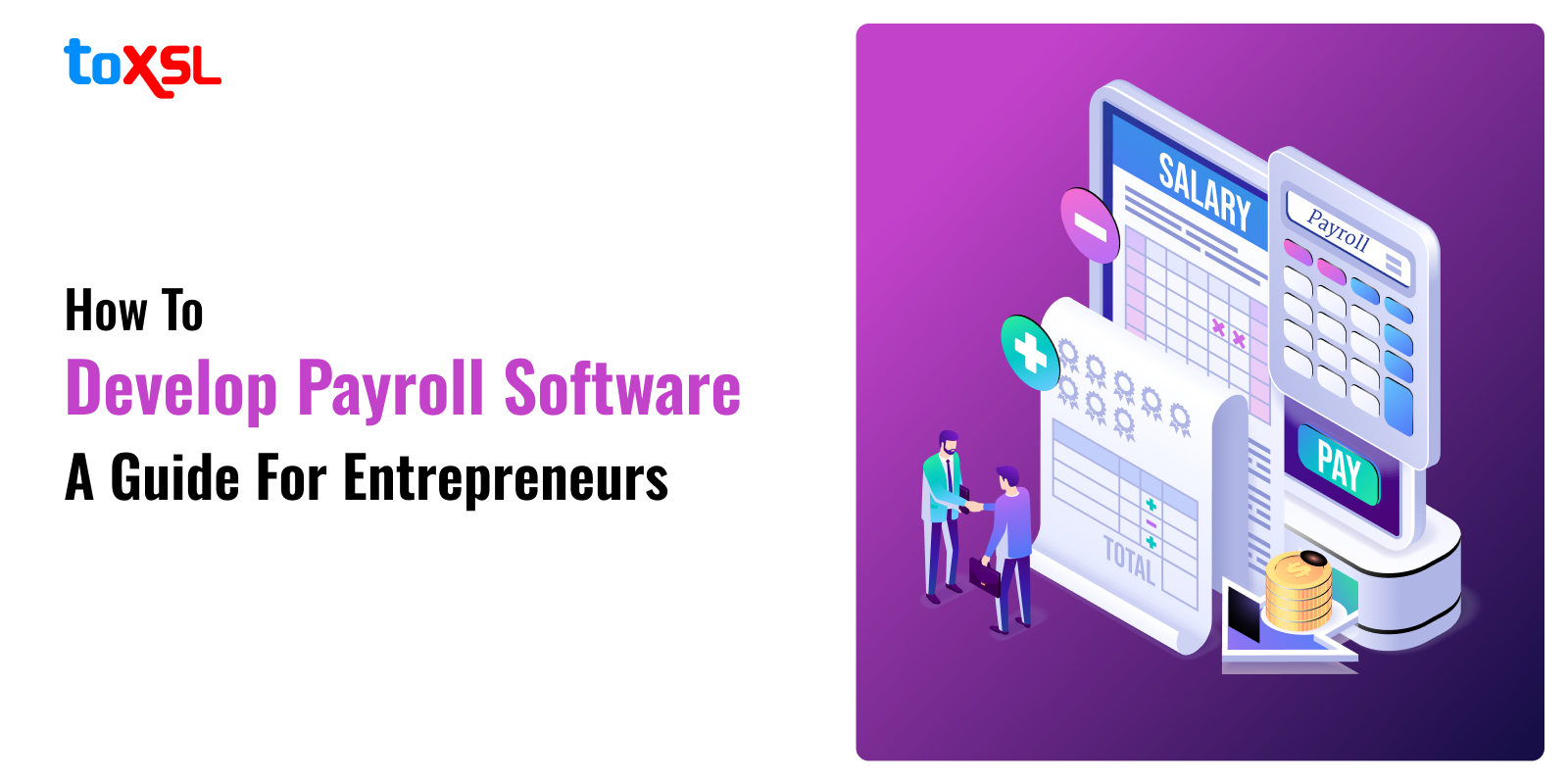
Did you know that companies face nearly $7 billion in penalties due to payroll mistakes? Payroll errors can be quite expensive. So what is the solution? Statistics indicate that automating payroll processing can reduce costs by up to 80%.
The payroll software market is estimated to reach USD 2.09 billion by 2026, at a CAGR of 8.57%. Payroll software is a digital solution that manages various accounting and human resource issues, including salary products, tax deductions, employee benefits, and compliance. The software is essential for businesses of all sizes to ensure compliance with tax laws and streamline payroll processes.
Key Takeaways:
Payroll mistakes cost businesses $7 billion annually; automation can reduce costs by up to 80%.
Payroll software streamlines processes, enhances compliance, and offers real-time insights.
Development costs range from $50,000 to $250,000, depending on features and complexity.
Partnering with an experienced developer like ToXSL Technologies ensures tailored and efficient payroll solutions.
Steps to Develop Payroll Software
Are you still relying on spreadsheets for payroll management? Well, it’s time to stop and develop your customized payroll software. Developing payroll software involves a structured approach that ensures the final product meets the needs of the organization while complying with legal requirements. Here are the essential steps to develop payroll software:
1. Requirements Gathering: The first step in creating payroll software is to do proper market research and understand your needs. Businesses can do this by identifying the pain points in their payroll processes. This helps businesses understand their requirements and define the specific features needed in the software. Talk to various stakeholders from various departments and gather input based on businesses needs and expectations.
2. Setting Objectives: After understanding the requirements, the next step involves setting up the clear objective related to the project. Now, determine what you are willing to achieve with the payroll software. This stage helps businesses define specific objectives that will help business outline the project scope, including detailing the features and functionalities.
3. Realistic Timeline and Budget: Setting a realistic timeline and budget is crucial for the success of a project. Hence, it is advised to take care of factors such as the complexity of desired features, the size of your development team, and the chosen development methodology when estimating timelines and costs.
4. Right Development Methodology: Choosing an effective development methodology is essential for business success. The most common methodologies for development include Agile and Waterfall. Agile methodology is suitable for projects that evolve over time as it allows flexibility and iterative development.
However, Waterfall follows a linear approach that progresses through distinct phases like design, development, testing, and deployment. Businesses can choose any of the approaches based on project needs and team preferences.
Also Read: How to Develop Custom Cash Management Software
5. Selecting a Development Partner: The success of the project depends a lot on your development partner. Hence, choosing the right software development partner is crucial for developing effective payroll software. Select the company that has expertise in developing custom payroll solutions. Evaluate the track record of the company and check the amount in delivering successful projects for businesses similar to yours. A good development partner will bring technical skills and a great understanding of payroll processes.
6. Communication and Collaboration: Effective communication is a key to a successful project. Hence, select a partner who communicates clearly and keeps you informed of development progress. Ensure that you get regular meetings and updates so that everyone is aligned on project goals and timelines.
7. Software Development Lifecycle (SDLC): Understanding of the Software Development Lifecycle (SDLC) is crucial. It outlines the process of planning, designing, developing, testing, deploying, and maintaining software applications. Hence, understanding the development lifecycle will help you navigate each phase effectively.
8. Requirements Analysis: At this stage, businesses must filter their initial needs into detailed technical specifications. This includes documenting functional and non-functional requirements, serving as a blueprint for developers.
9. Design and Prototyping: The design phase involves developing visual representations of the user interface and functionalities. Hence, prototypes help businesses to visualize how the software will work before coding begins.
10. Development and Coding: Once designs are approved, developers start with the coding part. This stage involves converting design documents into functional software components while following the best coding practices to ensure maintainability and performance.
11. Testing and Quality Assurance: Testing is crucial to ensure that the software functions correctly and meets all requirements. It is of various types, including unit testing, integration testing, and user acceptance testing.
12. Deployment and Implementation: After successful testing, it's time for deployment. In this stage, your software or app is launched within your organization. This phase involves training employees on how to use the new system effectively.
13. Post-Deployment Support: This stage comes after deployment. Here, payroll software development companies provide ongoing support to address any issues users may face while using the new payroll system. Hence, establish a support team to help users with questions or technical difficulties.
Also Read: How To Develop Custom Payment Gateway
Benefits of Payroll Software
Payroll software offers a wide range of benefits, transforming payroll management from a tedious, error-prone task into a streamlined operation that saves time and resources. In this section, we will discuss the benefits of payroll software:
1. Increased Efficiency
Payroll software automates manual calculations and data entry processes, allowing HR and finance teams to focus on important processes. For example, payroll software can automatically calculate wages, deduct taxes, and process direct deposits. This helps businesses save time and this efficiency means that what businesses used to take days can now be completed in just a few hours.
2. Enhanced Accuracy
Payroll software significantly reduces human error using automated calculations. Also, this software can provide alerts for discrepancies in hours worked, helping businesses fix the issues when payroll is finalized.
3. Cost Savings
Payroll software helps businesses reduce labor costs and give accurate tax calculations. This helps prevent fines associated with late or incorrect filings. Over time, these savings can offset the initial costs of the software.
4. Improved Compliance
Payroll software simplifies compliance by automating tax calculations and filings. The system ensures that all necessary forms are generated accurately and submitted on time. Furthermore, it helps track employee hours and overtime to maintain compliance with labor laws regarding work hours and wages.
5. Enhanced Data Security
Payroll systems handle sensitive employee information, including Social Security numbers and banking details. Payroll software includes access controls so that only authorized personnel can access sensitive data and reduce the risk of internal breaches.
6. Employee Self-Service Portals
Payroll software allows employees to manage their own data. These portals allow employees to access pay stubs, tax documents, and other payroll-related information easily. The self-service capability of payroll software enhances employee satisfaction and reduces the administrative burden on HR departments.
7. Real-Time Reporting and Analytics
Payroll software offers insights through real-time reporting features, helping organizations generate reports on various metrics. These analytics enable organizations to make informed decisions based on accurate data rather than assumptions.
8. Global Payroll Management
Managing payroll across different countries can be a complex process. This happens due to varying regulations and currencies. Hence, payroll software simplifies this process by supporting multiple currencies and adhering to local laws specific to each region where employees are located.
9. Time Tracking Integration
Tired of solving issues occurring due to wrong time tracking? Well, payroll software is here to help you. Payroll software integrates time-tracking features that allow businesses to monitor employee attendance accurately. This integration ensures that working hours are recorded correctly and helps prevent time theft in reported hours.
10. Streamlined Communication
Want to make your project development successful? Well, effective communication between HR departments and employees can help you maintain transparency within an organization, leading to successful project development. Payroll software makes communication easy by providing notifications for upcoming paydays and alerts for changes in company policies.
Also Read: How Much Does It Cost to Develop a Mobile App in Egypt?
Cost to develop payroll software
How much does it cost to develop payroll software? Well, the cost to develop payroll software is not fixed. It can vary based on various factors, including the complexity of features, the technology stack, and the development team's rates. Let us now learn about the costs involved in developing payroll software:
1. Initial Cost Estimates
The cost of developing payroll software ranges from $50,000 to $250,000, depending on the needs of organization. For a more customized estimate, it is crucial to consider specific project requirements and desired functionalities.
2. Development Phases
The development process typically follows several key phases, each with its associated costs:
Planning Phase: This phase involves analysis of development requirements and understanding of the client's needs. The cost for this phase ranges from $5,000 to $15,000.
Design Phase: This includes architectural design and UI/UX design. Costs can vary between $10,000 and $30,000, depending on the complexity of the design.
Development Phase: Development phase includes frontend and backend development. Hence the estimated cost can range from $30,000 to $100,000.
Testing Phase: The testing phase costs from $10,000 to $30,000.
Deployment Phase: Setting up servers for cloud deployment usually costs between $5,000 and $15,000.
3. Factors Influencing Cost
There are numerous factors that influence the overall cost of developing payroll software. Let us shed some light on the factors associated with payroll development:
Feature Complexity: More complex functionalities like advanced reporting, tax calculations, or multi-currency support will increase development time and costs.
Customization Needs: Custom features tailored to specific business processes or integrations with existing systems will add to the overall expense.
Technology Stack: The choice of programming languages and frameworks can affect costs. For example, using cutting-edge technologies can require specialized skills that could be more expensive.
Conclusion
Are you looking to develop payroll software? Look no further than ToXSL Technologies. We are a leading software app development company with more than 12 years in business. We have successfully helped our clients enhance their businesses. So, if you want to develop payroll software, contact us today and learn how our seasoned developers can help you streamline business operations and help you grow.
FAQs
1. What features should payroll software include for small businesses?
Payroll software for small businesses should include features like employee data management, automated salary calculations, tax filing, payslip generation, direct deposit, and compliance with labor laws. A simple dashboard and reporting tools also help in smooth operations.
2. Do I need technical knowledge to build payroll software?
Not necessarily. While having technical knowledge helps, you can partner with an experienced software development company like ToXSL Technologies. We help entrepreneurs turn their ideas into secure, user-friendly payroll solutions without needing deep technical skills.
3. How long does it take to develop payroll software?
The time depends on the complexity of the features, integrations, and design. On average, a basic payroll system takes 3–6 months to develop. More advanced systems with custom modules may take longer. ToXSL Technologies can give you a precise estimate based on your requirements.


